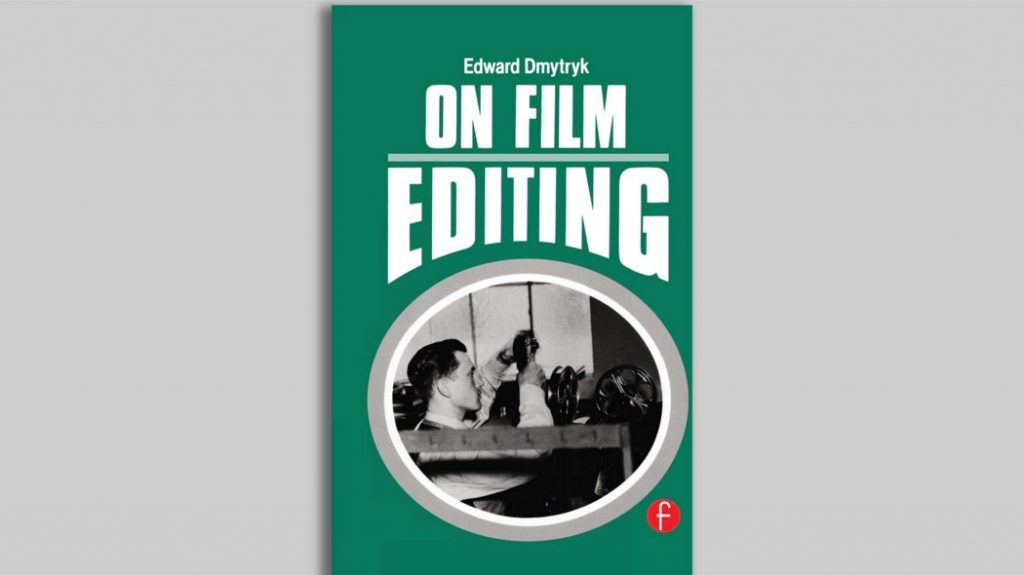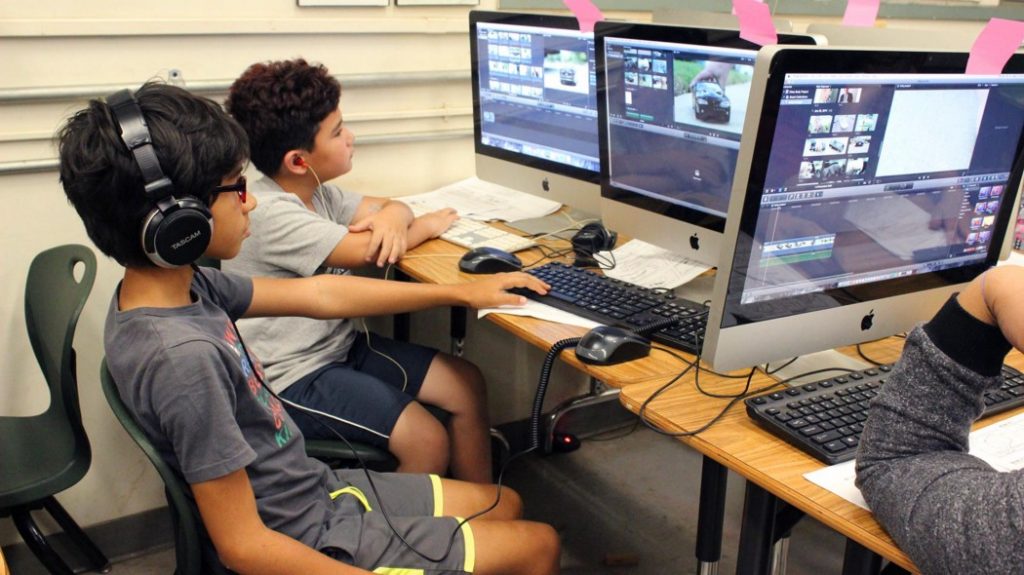At EditMentor we know, student filmmakers are getting better at editing. Way better. Over the past decade, editing has become more accessible to students than ever before. As a result, the number of student editors is booming — and so is the standard audiences hold their work to. How many times have we older folks sat behind them and wondered, “Could I even make that?”
Still, educational obstacles persist.
• Schools with limited resources and students who don’t have support at home are left behind.
• Greater access to software has helped foster students’ technical skills. Yet teachers with a software-centered education risk neglecting the craft of editing itself.
• The craft of editing is still primarily taught with passive methods like textbooks and video tutorials. Yet studies show that interactively practicing is how people learn.
Just as the craft of film editing continues to evolve, so should the methods we use to teach it. This article looks at how EditMentor mitigates those stubborn shortcomings of the past. EditMentor, created by Flux Technologies, is a new learning tool centered on a craft-forward, interactive approach to editing education.
The State of Student Editing is Strong

Student Television Network (STN) is an organization that supports and promotes student filmmaking. STN nearly a dozen filmmaking competitions for students as young as middle school at their annual convention. Students who want to win at STN must create storyboards and shot lists, and block actor and camera moves. They also must consider lighting, include graphics and music, and, most importantly, craft stories with a beginning, middle, and end. By comparison, when I was in middle school, I was still messing around with poster boards. Meanwhile, students who attend STN spend their summers in film camps where they practice making movies for competition.
Expectations of student filmmaking are rising everywhere else, too. Norman Hollyn is the Head of the Editing Track at the University of Southern California’s School of Cinematic Arts (USC). The last time we met, we talked about what it takes for students to gain acceptance into this prestigious program. Norman said that once it was enough for a bright student with passion, but no experience to be admitted. Now things have changed. An athlete will not be accepted into a top collegiate program without proof of their talent. By the same token, a high school student will not be considered for USC without an excellent high school film.
We owe it to students with film career aspirations to raise the bar in our curricula.
The Accessibility Gap – What EditMentor Seeks to Bridge

The opportunity to practice editing spread unequally throughout a typical public school system. As part of the concept testing phase of EditMentor, we visited schools across Los Angeles. Unfortunately, we noticed some very significant discrepancies between them. Where one school had an Avid Certified Instructor (ACI), a classroom full of brand-new iMac Pros, and a sound recording booth, another school across town was using Adobe Premiere CS3 (released April 2007), square monitors, and Windows 7.
These disparities don’t end in the classroom since home computers can also vary greatly. Most parents aren’t equipping their children with computers powerful enough to run the professional-grade editing software that students are learning in the classroom. For example, in the case of FCPx, the student has to own a Mac, but fully 65% of home computers are PCs.
For this reason, we designed EditMentor to run in a web browser, which pulls hardware resources from a cloud server. EditMentor runs on almost any computer, including Chromebooks. Students can comfortably edit their school assignments at home or in the library. We want schools and students with lesser means to have the same opportunity to practice.
Putting Craft at the Heart of Editing Education with EditMentor
“We turn out young men and women who are superbly trained but poorly educated. They are a how-to generation… They know everything there is about the functional requirements of their trade but very little about the human situation that serves as the context for their work.” So said Norman Cousins, quoted in the book On Film Editing, written by editor and film teacher Edward Dmytryk in 1983.

Why is it that almost forty years later, this feeling lingers among film teachers? Software manufacturers have historically created editing curricula in an attempt to educate customers about how to use their products. Adobe’s Classroom in a Book, the Avid Learning Partner Program, and Apple Certified Training have undoubtedly improved the technical abilities and career prospects of student editors. Plus, the idea of providing students with a path towards certification on an industry-standard software application is delightful to district offices, and state education officers, as it should be. But teachers need to be careful not to rely too much on a tech path, “…the condition… derives not only from the student’s desires but also from the teachers’ aims” Dmytryk notes.
Technology will always be a tool that supports creativity. For this reason, we recommend that teachers use a project-based curriculum where students write, produce, and direct as many of their films, news stories, and other school assignments as possible. Technical skills need to be taught alongside, mostly as homework, and only occasionally in the classroom.
Our Solution
We built EditMentor explicitly to teach the craft of editing. We provide students with creative challenges (questions) for them to solve that dive into topics not covered by any technical training. Challenges cover topics like cutting on action, extending moments, and shaping acting performances. Even a challenge as simple as asking students to browse through professional film dailies before they shoot their first-class project will have a massive impact on what they create.
The Importance of Practice & Interaction
Today teachers have access to excellent books and video tutorials about the creative craft of editing, too. We don’t mean to suggest that nothing beyond EditMentor exists to teach the art of editing. Companies like Film Editing Pro, Inside the Edit, and LinkedIn Learning, are excellent training resources. However, videos and books will always be passive learning tools. No tutorial video will ever replace hands-on practice, because that interaction is so vital to learning.
We designed EditMentor to be a compliment to training videos by providing interactive exercises to illustrate the material covered in the video. For students to improve, it is not enough for them to read about why a particular cut works, this must be felt by performing the lesson. The way we teach students every other art form is hands-on. For example, if we were teaching them to play an instrument, we wouldn’t expect them to acquire that knowledge from a video alone. We would expect students to practice.
For the Future
The next decade of editing education can usher in a generation of students who are genuinely attuned to the craft of editing, and not just the “how-to.”

Teachers should usher in this change with a project-centric curriculum, which students appreciate anyway. After all, the reason that they signed up for a filmmaking class in the first place is that it’s fun to make movies.
Teachers need to remember that the language of editing is universal, whereas software changes from year to year and from job to job. Younger students feel these changes more acutely because they grow up to find that the software they learned in school is gone from the marketplace entirely. Dmytryk said, “the ‘human situation,’ in all its guises, is what good films are all about, and technical skill counts for nothing if it is used only to manufacture films which have little to do with humanity.”
Contributed by EditMentor Founder Misha Tenenbaum






